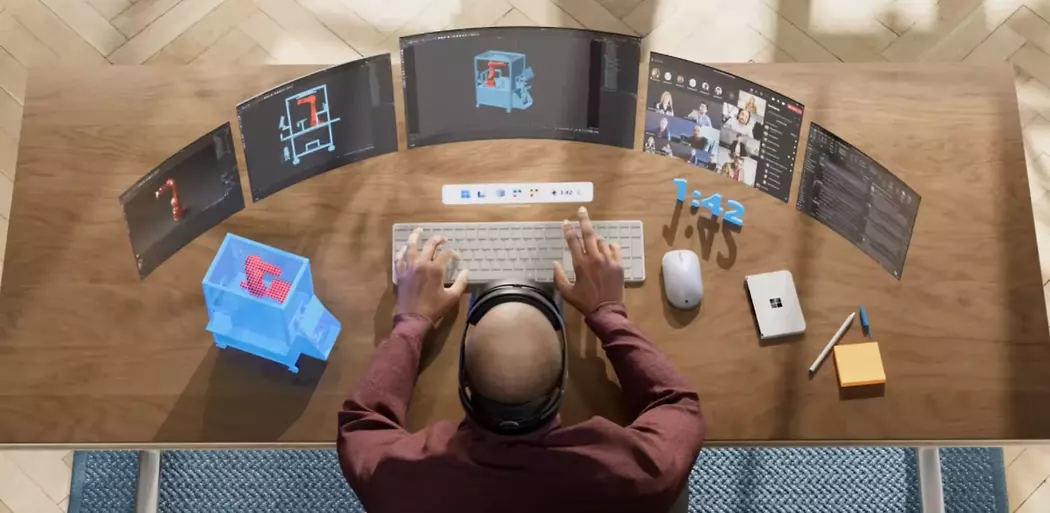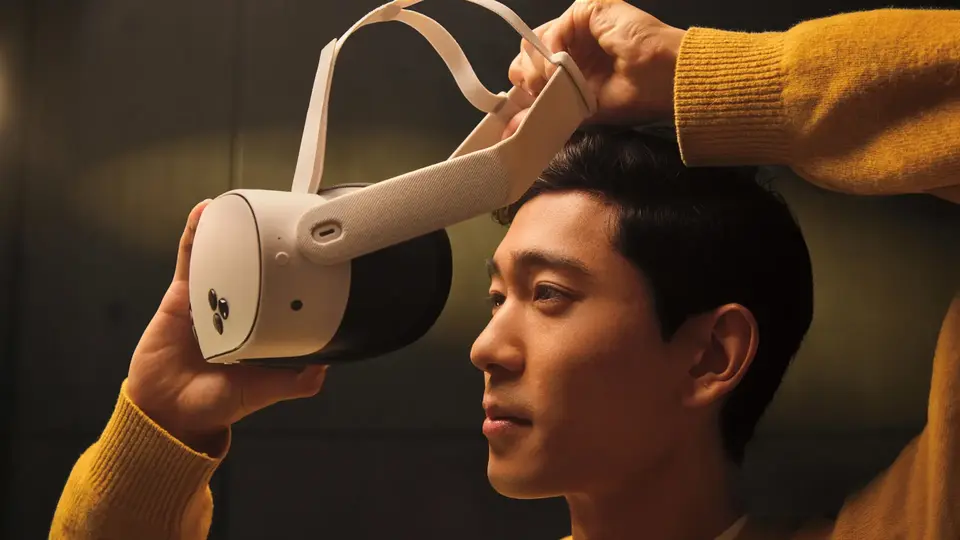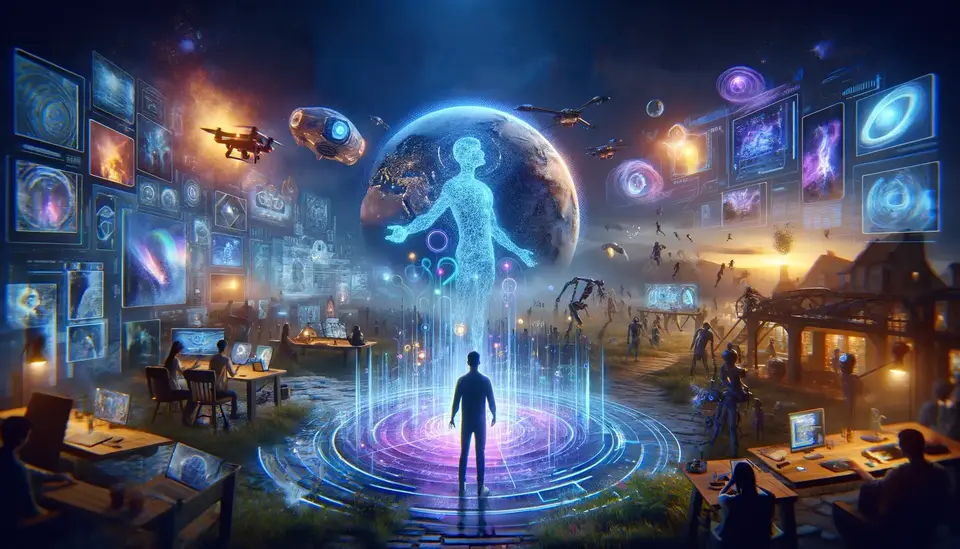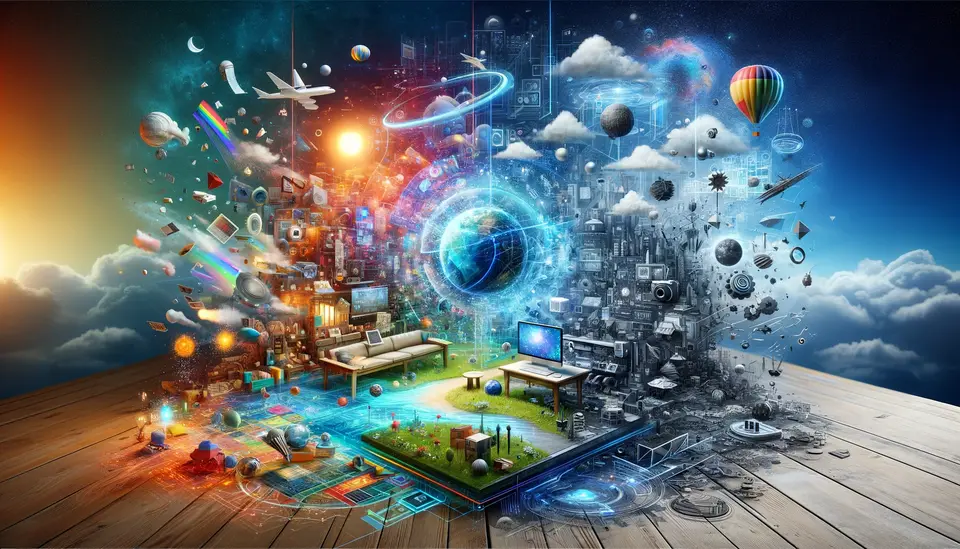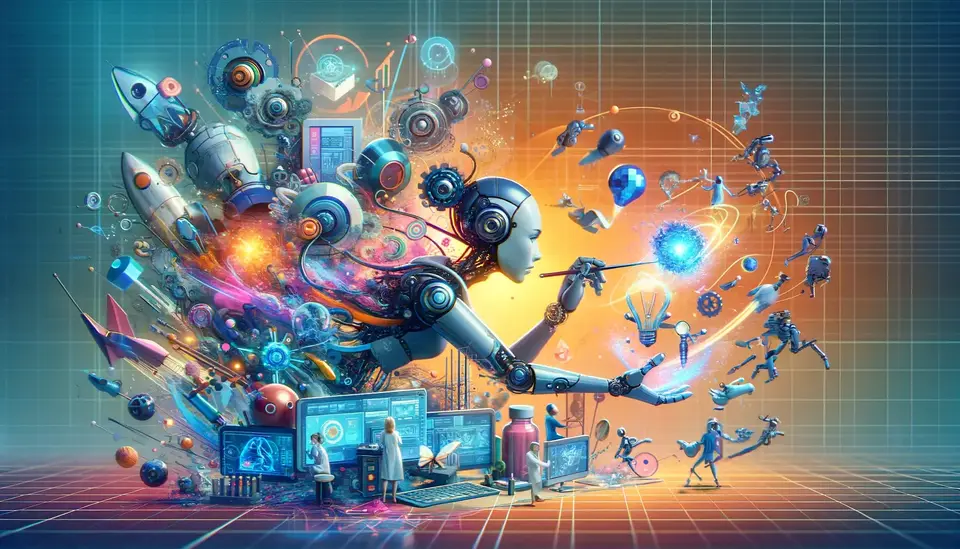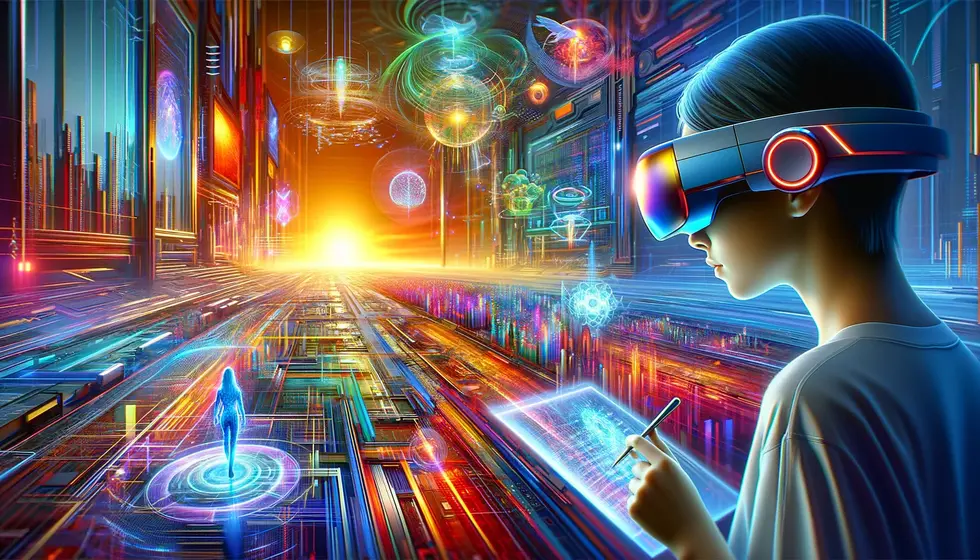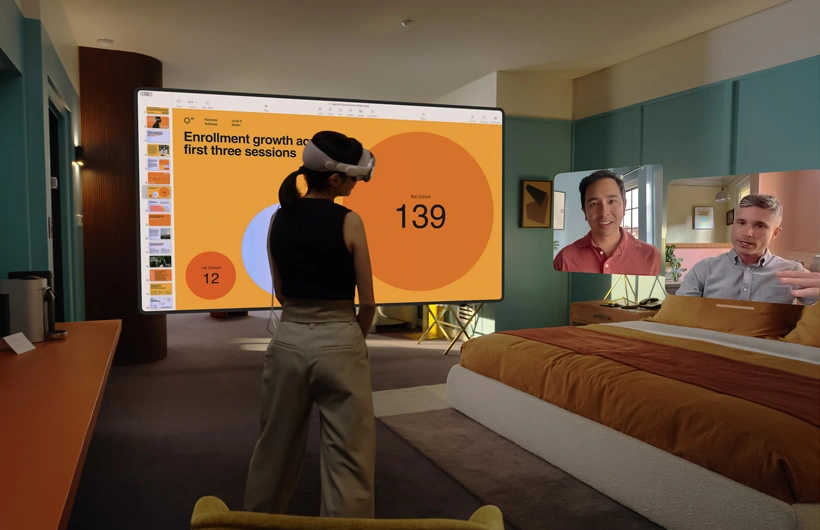Exploring the Different Types of Mixed Reality Apps
Posted on April 28, 2023 7 minutes 1369 words
Table of contents
Imagine a world where the digital and physical realms intertwine seamlessly, creating a new dimension of experiences where you can interact with both real and virtual objects in real-time. This fusion of worlds, known as mixed reality (MR), has been brought to life by advancements in technology, paving the way for an array of innovative applications. In this blog post, we’ll dive into the world of mixed reality apps and explore the various types, platforms, and the impact they can have on different industries.
What is Mixed Reality?
Mixed reality refers to the merging of the physical and digital worlds to create immersive environments and experiences. While it shares some similarities with virtual reality (VR) and augmented reality (AR), MR goes beyond overlaying digital content onto the real world. Instead, it enables a seamless interaction between virtual objects and the physical environment.
Popular Mixed Reality Platforms
Several mixed reality platforms have emerged as the technology has developed, with companies like Microsoft, Magic Leap, and Nreal Light taking the lead. Meanwhile, Apple’s ARKit and Google’s ARCore have facilitated AR experiences, which can also be considered a form of mixed reality.
Types of Mixed Reality Apps
Mixed reality apps cover a wide range of industries and use cases. In this section, we’ll provide more detailed information on the various types of mixed reality apps and their specific applications.
Education and Training
Medical training simulations
Mixed reality has proven to be a powerful tool for medical training, allowing healthcare professionals to simulate complex surgeries and procedures in a risk-free environment. Using holographic overlays and 3D visualization, medical students can practice and perfect their skills, leading to better patient outcomes. Examples of MR medical training apps include Touch Surgery, HoloLens Insight Heart, and CAE VimedixAR.
Educational experiences
MR can transform traditional learning by offering immersive, interactive experiences that enhance understanding and retention of information. Mixed reality apps can bring subjects like history, science, and art to life, allowing students to explore ancient civilizations, study complex molecular structures, or virtually step inside famous paintings. Examples of educational MR apps include HoloStudy, MondlyAR, and Google Expeditions.
Corporate training and onboarding
Companies have started leveraging mixed reality to train employees and streamline the onboarding process. By simulating real-life scenarios and offering hands-on experiences, MR can improve skill acquisition and ensure employees are better prepared for their roles. Examples of corporate training MR apps include Microsoft Guides, Strivr, and VirtualSpeech.
Entertainment
Gaming
Mixed reality gaming combines the physical and digital worlds, offering unique and immersive gaming experiences. These games can range from location-based titles that require players to explore their real-world surroundings to collect virtual objects, to room-scale experiences that turn users’ environments into interactive playgrounds. Examples of mixed reality games include Pokémon GO, Minecraft Earth, and Ingress.
Music concerts and performances
Mixed reality is revolutionizing the way we experience live events. Performers and musicians can create holographic, interactive performances that blend the physical and digital realms, allowing audiences to feel more connected to the artists. Examples of mixed reality music experiences include Childish Gambino’s Pharos AR, Björk Digital, and Jean-Michel Jarre’s live VR concerts.
Sports and events
Mixed reality can enhance sports and events by overlaying digital content on real-world action, offering new ways to engage with the event. MR can also enable virtual attendance, allowing users to feel like they’re in the stadium while watching the game from the comfort of their homes. Examples of mixed reality sports experiences include Microsoft’s HoloLens NFL partnership, LiveLike VR, and NextVR.
Social Interaction and Communication
Remote collaboration tools
Mixed reality can bridge the gap between remote teams by providing shared virtual spaces for meetings, brainstorming sessions, and collaborative work. These tools often utilize avatars, holograms, or virtual whiteboards to facilitate communication and collaboration. Examples of mixed reality collaboration apps include Spatial, MeetinVR, and Microsoft Mesh.
Avatar-based social platforms
Mixed reality social platforms provide users with avatar-based virtual environments where they can interact with others in real-time, participate in shared experiences, and create new connections. These platforms often offer a range of social activities and can even host large-scale virtual events. Examples of mixed reality social platforms include VRChat, AltspaceVR, and Facebook Horizon.
Mixed reality art and storytelling
Artists and storytellers are exploring the creative potential of mixed reality to develop new, immersive narratives that blend the physical and digital worlds. This can range from site-specific installations to interactive, branching storylines that unfold as users explore their environment. Examples of mixed reality art and storytelling projects include Magic Leap’s “Tonandi,” Meow Wolf’s immersive installations, and the “Pilgrim AR” experience.
Design and Visualization
Interior design and home improvement
Homeowners, designers, and retailers can benefit from mixed reality apps that help visualize furniture placement, color schemes, and other design elements in a real-world environment. This allows for more informed decision-making and improved design outcomes. Examples of mixed reality interior design apps include IKEA Place, Housecraft, and Planner 5D.
Architecture and construction
Mixed reality has found a significant role in the fields of architecture and construction, enabling professionals to visualize designs, collaborate, and review plans in 3D before actual construction begins. MR can also be used to overlay digital blueprints onto physical sites, facilitating on-site coordination and reducing the likelihood of errors. Examples of mixed reality architecture and construction apps include SketchUp Viewer, HoloLive3D, and Trimble Connect.
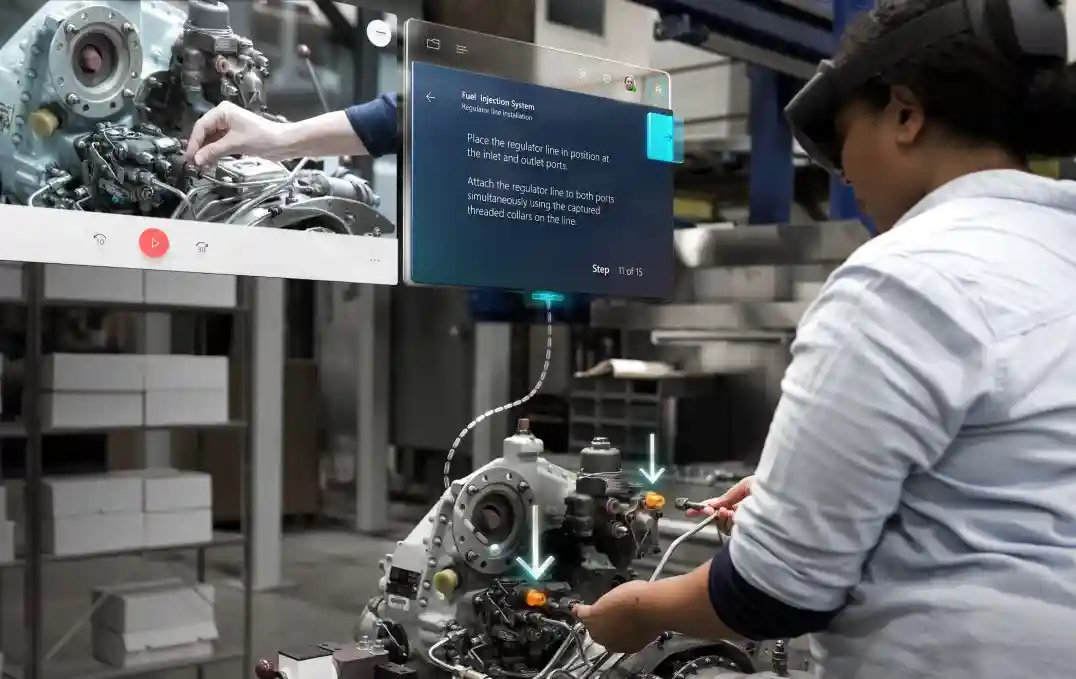
Fashion and retail
Mixed reality has the potential to reshape the fashion and retail industries by allowing customers to virtually try on clothes or accessories, providing personalized recommendations based on body measurements, and creating immersive in-store experiences. This can enhance the shopping experience, reduce returns, and improve customer satisfaction. Examples of mixed reality fashion and retail apps include Warby Parker’s Virtual Try-On, Gucci’s AR sneakers, and Wannaby’s Wanna Kicks.
Travel and Navigation
Interactive city guides
Mixed reality can revolutionize tourism by providing interactive city guides that help users explore their surroundings in new and engaging ways. These apps can overlay historical information, restaurant reviews, and other relevant details onto the physical environment, enhancing the travel experience. Examples of mixed reality city guide apps include AR City by Blippar, Google Lens, and TimeLooper.
Cultural and historical site exploration
MR can enrich visits to cultural and historical sites by providing immersive, interactive experiences that bring history to life. Users can witness historical events unfold, explore ancient ruins reconstructed in 3D, or learn about art pieces by interacting with holographic guides. Examples of mixed reality cultural and historical site exploration apps include Rome Reborn, and VersaillesVR.
Navigation tools with real-world integration
Mixed reality has the potential to improve navigation by overlaying directions, traffic information, and points of interest onto the real world. This creates a more intuitive, informative, and visually appealing way to navigate, making it easier for users to find their way in unfamiliar environments. Examples of mixed reality navigation tools include Google Maps Live View, ARCity by Blippar, and Visualix Map.
Challenges and Limitations
Mixed reality apps present great potential, but there are challenges that need to be addressed to ensure their success. Technical limitations, such as expensive and heavy hardware, as well as the need for a stable internet connection, can limit user access to the technology. User adoption can also be a challenge, as mixed reality is a new and emerging technology that users may be unfamiliar with or hesitant to try. Additionally, accessibility is a key concern, as mixed reality apps must be designed to be usable by users with physical or sensory disabilities. Finally, privacy concerns can limit adoption of mixed reality apps, as users need to be assured that their data is being handled in a transparent and secure manner. Developers must address these challenges to ensure that mixed reality apps can reach their full potential.
Conclusion
Mixed reality is shaping the future of technology by creating novel ways for users to interact with both the physical and digital worlds. Its wide-ranging applications across industries like education, entertainment, social interaction, design, and navigation showcase the immense potential of this technology. As mixed reality continues to evolve and become more accessible, it will likely revolutionize our daily lives and experiences in ways we can only begin to imagine.

